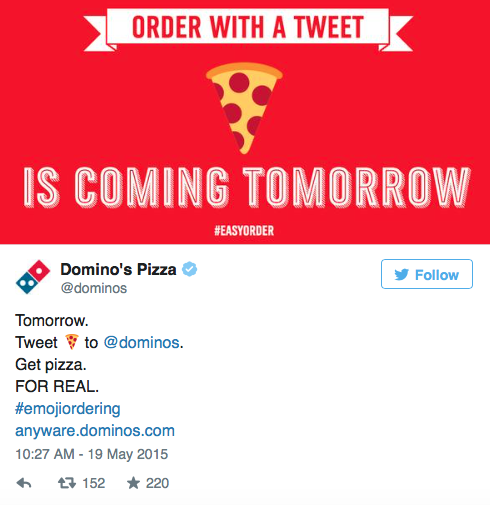In the advertising and marketing world, we speak constantly about our desire to connect with our target audience. We strive to create words, videos and experience that resonate with the people we’re trying to reach. We make every effort to make it mean something.
But in this quest to communicate with people, some brands end up missing the mark. The message comes off as forced. They use the wrong emoji (gasp!).
Ah yes, emojis. Our trusted friend and mortal enemy rolled into one crying sleeping smile…or something.
A recent article expresses some of the biggest concerns with emoji marketing:
But, you know what I see? Desperate brands.
Brands looking at the short-term game instead of the long-term play.
Brand that are so desperate to connect with younger audiences they’ll do virtually anything.
Like creating an entire news release out of emojis.
So yeah, like with any trend, some brands took it too far. But does that mean that the entire “trend” is dead? Nope.
The biggest issue with emoji marketing is how they’re used. If you’re a consumer-facing brand with a younger digitally savvy audience, then it might make sense. If you’re a more business-to-business brand communicating through traditional marketing channels, then there may be other options to consider.
Here’s a good overview of how emoji marketing works and some more in-depth insights:
We all want authentic communication from those we speak to both online and off.
Defining your social media voice and tone—then staying true to it no matter what communication changes come and go—can help keep that authenticity strong.
And, like with any kind of marketing, when it’s done well, it can make a splash. Domino’s tweet ordering is one example that definitely makes sense for their brand.

What are some examples of emoji marketing that hit the mark? Or, in your opinion, what are some icons that fell flat? Feel free to send us a note with your thoughts!
[gl-hs-form form_id=’1863abe3-c1e4-43d0-a298-c7b132f8ce03′]